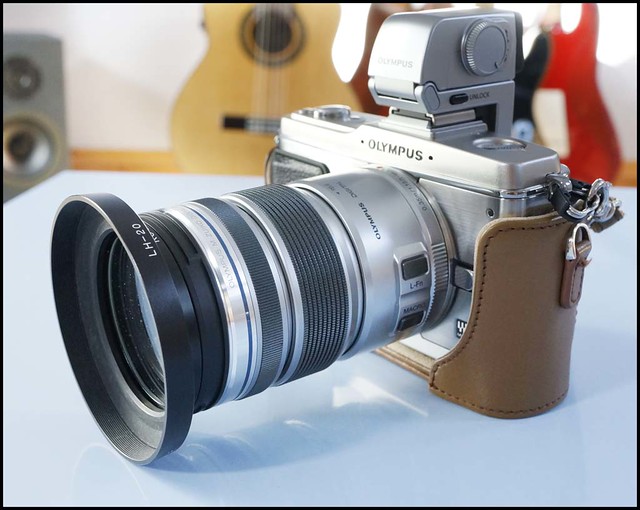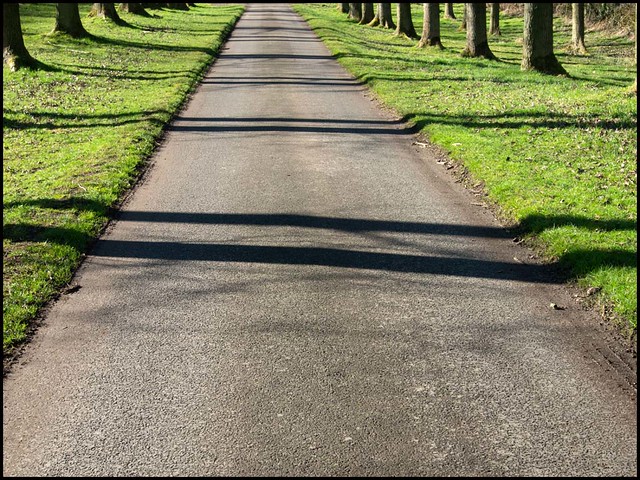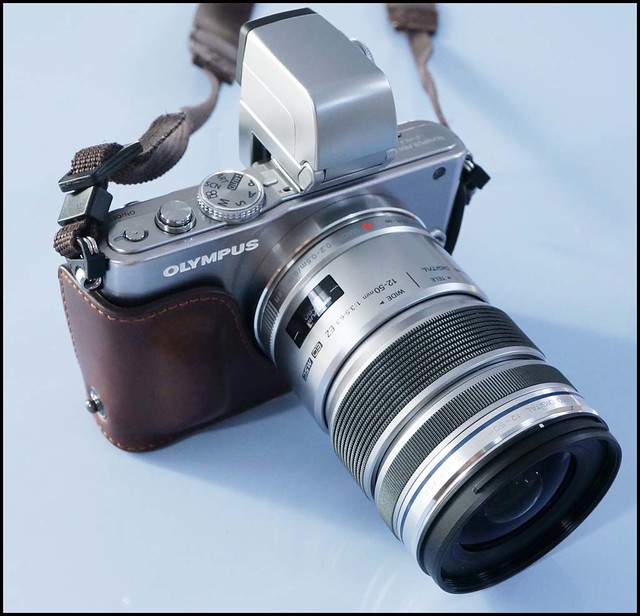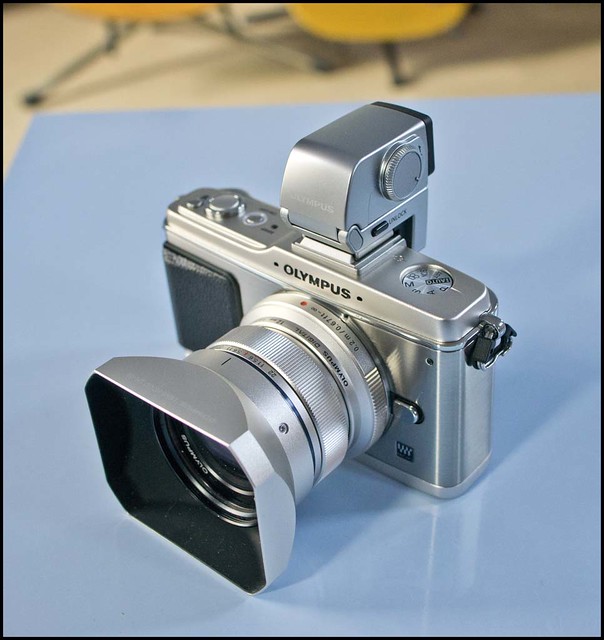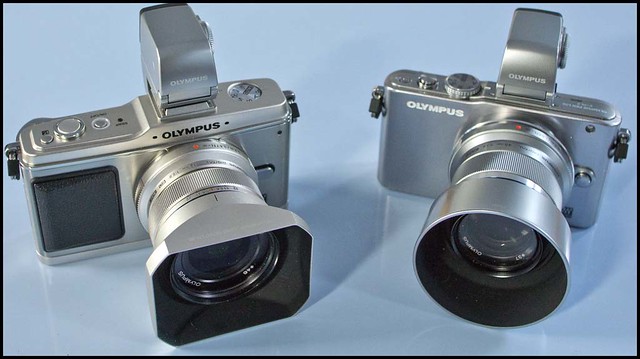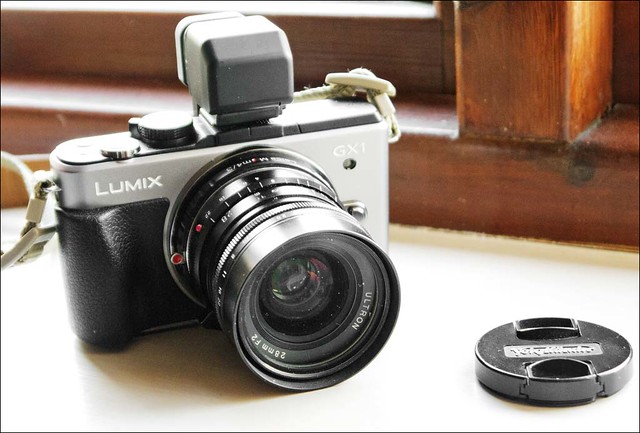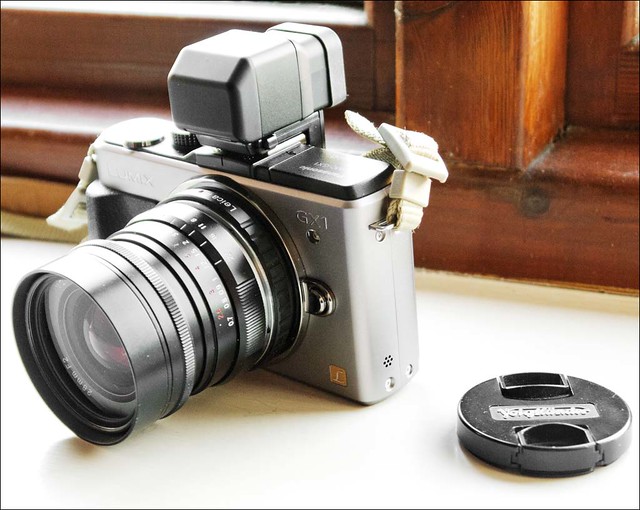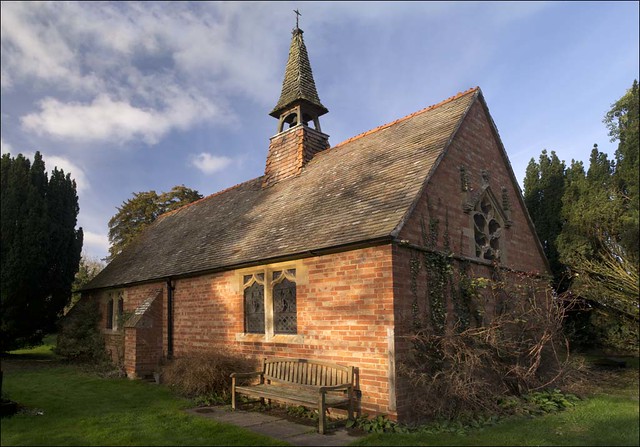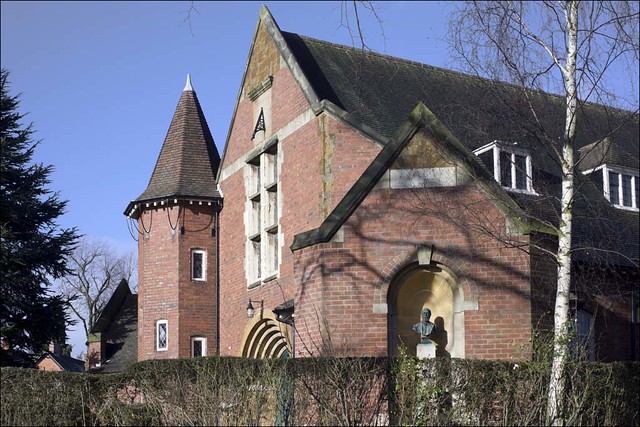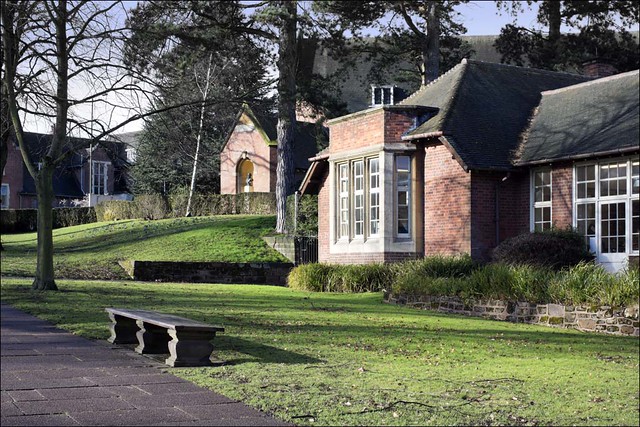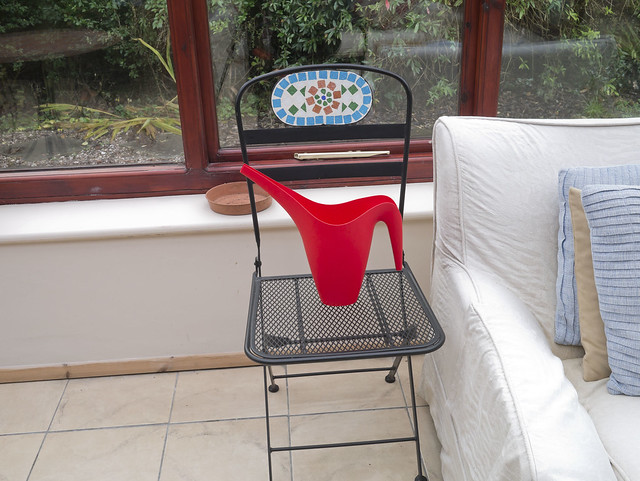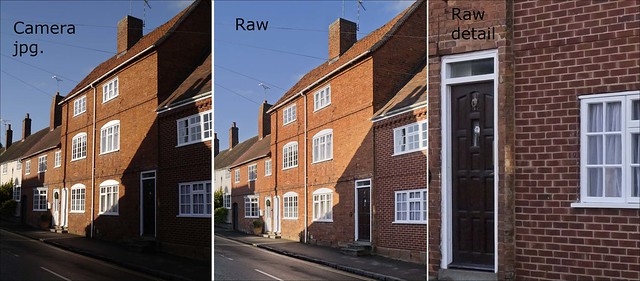Olympus E-P2 m.zuiko 12-50mm f/3.5-6.3 Zoom lens
Panasonic GX1 Olympus m.zuiko 12-50mm f/3.5-6.3 Zoom lens
Olympus E-PL3 m.zuiko 12-50mm f/3.5-6.3 Zoom lens
Here's the original Olympus press release on the lens:-
"Olympus adds to its powerfully simple and growing PEN family with the first fully-compatible interchangeable Micro Four Thirds lens to incorporate an electronic motorized zoom. The M.ZUIKO DIGITAL ED 12-50mm F3.5-6.3 EZ (35mm equivalent 24–100mm) delivers smooth, quiet zooming that gives you versatility, portability and
maximizes the performance of the Olympus PEN® compact system cameras.
The sophisticated new lens has a zoom ratio of approximately 4.2x, allowing photographers to capture anything from detailed, wide-angle group shots to medium telephoto-range images so you can get up close and personal for intimate portraits of children and pets – even indoors. The photographer can control the zooming speed by turning the barrel – slowly for drama, quickly for performance, or at an intermediate rate. Manual zooming is also available for those looking to take full control.
In macro mode, which can be set by pushing the zoom ring forward while depressing the macro button on the side of the lens, focusing is possible between 8 and 20 inches for close-up shooting with a maximum image magnification of 0.72X (35mm camera equivalent). The L-Fn (Lens Function) button suspends the autofocusing operation temporarily to avoid unintended focusing on obstacles that appear suddenly between the camera and the subject.
Perfect for brilliant still images and high-definition (HD) video capture, the Movie & Still Compatible (MSC) M.ZUIKO DIGITAL ED 12-50mm F3.5-6.3 EZ has also been enhanced with a linear motor that drives smooth and quiet autofocusing for stress-free shooting.
New lens elements and glass materials ensure the clearest possible imaging performance, and the proven dust and splashproof mechanism originally featured in the Four Thirds SHG (Super High Grade) series lenses is now incorporated for the first time in a Micro Four Thirds System lens. Multiple sealing rings, fitted throughout the lens body, prevent water splashes and dust from penetrating, making the M.ZUIKO DIGITAL ED 12-50mm f3.5-6.3 EZ a versatile zoom lens for the toughest conditions."
Its not a particularly small lens but its very light (212g) and is no problem to carry around all day. Its a lens like the Olympus 12mm f/2 in that it has an "interesting things to do with a lens barrel" feature, which allows the changing between manual and electronic zooming and a (semi) macro mode. All of these work well and the lens is well constructed and actually looks very pretty in reality. The early pictures of it made it look very big, but its not really.
Its primary advantage is its usefullness. Its a good zoom range for a kit lens and the semi-macro is very useful, and works well. It focused pretty snappily on all my m4/3 cameras and the electronic zoom is very smooth for video, for which its primarily intended.
Image Quality.
If you are thinking about the possibility of this being a cheaper solution to the 12mm f/2, think again. Its not the same optically. In fact its quite soft. My copy didn't even seem quite as sharp as the 14-42mm kit lenses from both Panasonic and Olympus. However this is all relative and just me being picky. It has some chromatic aberration and fringing, more so on the GX1 than the two Olympus cameras, but about normal for these kind of lenses.
It doesn't extend when zooming and is quite slow at the telephoto end. Both of these are, I imagine, to keep it relatively small and light, which is obviously a priority for Olympus here.
As I said its real virtue is its relative versatility in many picture taking situations. Factor in the image stabilisation in Olympus bodies and you have a lens you can use for different picture taking opportunities. Its the usual kit zoom compromise, the classic "jack of all trades, master of none" but it did everything I asked of it and produced decent files.
In a situation where I don't want to be changing lenses then it would be of great use, but if I was looking for optimum image quality I would use prime lenses. The 12mm end is certainly very useful and does give an extra dimension (2mm!!) over the normal kit lenses of this type. And 50mm at the long end is certainly more than most will give you.
Its was nice to see that at the long end there was an excellent across the frame performance and certainly it seems to have been engineered very well. As to the weather sealing, since I have no intention of getting it soaking wet, I'll just have to take that on trust!
So all in all, an unspectacular, but handy lens. For my general landscape / location work it will be very useful, and though it appears I'm a little critical of the sharpness, thats nothing that a bit of sharpening can't fix.
Finally, it does occur to me that this lens isn't particularly the most suitable for getting the best out of the OM-D EM-5 and if you want to see what m4/3 is capable of then the 12mm, 20mm, and 45mm prime lenses from Panasonic / Olympus are better options. However the 12-50mm is a decent enough performer to mean that both my Panasonic and Olympus 14-42mm lenses are heading for ebay.
Panasonic GX1 Olympus m.zuiko 12-50mm f/3.5-6.3 Zoom lens
Olympus E-PL3 m.zuiko 12-50mm f/3.5-6.3 Zoom lens + polarising filter
Panasonic GX1 Olympus m.zuiko 12-50mm f/3.5-6.3 Zoom lens + polarising filter
Olympus E-PL3 m.zuiko 12-50mm f/3.5-6.3 Zoom lens
Panasonic GX1 Olympus m.zuiko 12-50mm f/3.5-6.3 Zoom lens - in semi-macro mode
